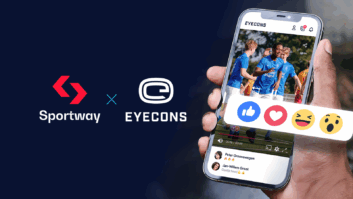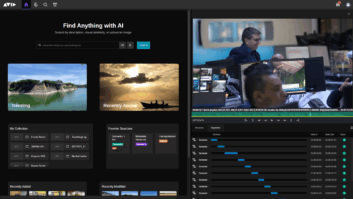Over the Top (OTT) content has taken the world by storm. According to Statista, revenue in the OTT video segment is projected to reach just over $281 billion in 2022.
One of the benefits of OTT is the control that providers have over every aspect of content that is distributed and consumed. The main goal of an OTT platform is to engage a target audience, monetise the experience, and identify opportunities to expand revenue streams (pun intended).
How Do Content Sets Work?
A content set is the content library offered on a given platform. Video-on-demand content consists of collections that are divided into categories and subcategories and available to consume across an array of channels that are ad-based video on demand (AVoD) or subscription video on demand (SVoD). Depending on the type of content – from specialty programming, documentaries, entertainment, events, concerts, etc. — will dictate how and across which channel is best. Blending all the monetisation models together, yields the ultimate content set.
For example, let’s look at Amazon Prime. You can watch Freevee which is an ad-supported video on demand streaming service that is owned by Amazon. If you want to subscribe to additional channels you can sign up for Britbox or Starz to rent movies or TV series.
If you are a tennis fan, you may be familiar with the way content sets work. If you live in the UK and want to watch ATP Tour live tennis, you are most likely subscribed to Amazon Prime. One of the ways to watch the Italian Open that took place in May was also through Amazon Prime. Another way to consume tennis content is through an international streaming service that the Tennis Channel launched for fans in the UK, Switzerland, Germany, and Austria to watch certain live games, highlights, and more.
Hulu is another a good example of how content sets work. Hulu utilises the AVoD and SVoD monetisation model. Hulu charges a small subscription fee of $6.99 for their ad-supported plan. If a consumer enjoys the content on that platform, there is an opportunity for providers to upsell them to a premium model with various plans including live tv, Disney+ and ESPN+. Each of these plans cost more but the user can have access to more of Hulu’s content set.
What are the Different Content Delivery Methods?
An OTT provider can focus on delivering content through three different delivery models: AVoD, SVoD, and TVoD.
AVoD is an OTT monetisation service that is powered by views and engagement. Examples of this model include YouTube and Peacock. This can be successful monetisation model depending on the ability of the publisher to slot ads into the viewing experience. AVpD is free to consume and can help attract and build a large audience. Advertisers find this model to be particularly attractive.
SVoD drives revenue to publishers from subscription payments. Netflix, HBO Go and Amazon are some examples of this model. Creating exclusive content that subscribers cannot view anywhere else is what will increase the number of subscriptions. Subscription video-on-demand (SVoD) is the segment with the highest European audience reach among all VoD types and accounts for almost 80 percent of VD revenues on the continent.
Lastly, we have TVoD. TVoD platforms such as iTunes, Amazon Prime Video, and YouTube Movies give viewers access to the latest movies and TV shows and allow consumers to rent or buy select content on a pay-per-view basis. When subscribers utilise a PPV service for live events this is an example of the TVOD monetisation model as well. Consumers have the option to either buy or rent content for a specific window of time and the TVoD model delivers a higher percentage of revenue per consumer.
Benefits of Content Sets
Content sets bring an added benefit for OTT providers that want to monetise their content through advertisements, sponsorships, promotions, and different pricing options that are relevant to the content that is being offered. Defining target groups increases the chance of reaching a targeted audience can help reduce churn and increase engagement.
OTT publishers inserts ads in between movies and shows on their platforms which forces audiences to sit through in order to continue watching. Consumers can interact with the ads, and this can lead them to a product page which is the ultimate goal for advertisers. An OTT monetisation service like AVoD is powered by views and engagement. This can be a successful monetisation model depending on the ability of the publisher to slot ads into the viewing experience.
Content sets allow for ultimate flexibility in content creation and content discovery for consumers. The higher the quality of content, the more likely it is for your consumers to stay engaged and upsell them on additional content bundles. Depending on your organisation’s OTT business model, you can combine different monetisation models to provide the utmost flexibility.







